Terceira has always been one of our favourite Azorean islands, and her capital Angra de Heroismo has some of the Azores’ most historic architecture and accommodation. Here’s our handy guide on where to eat in Angra…
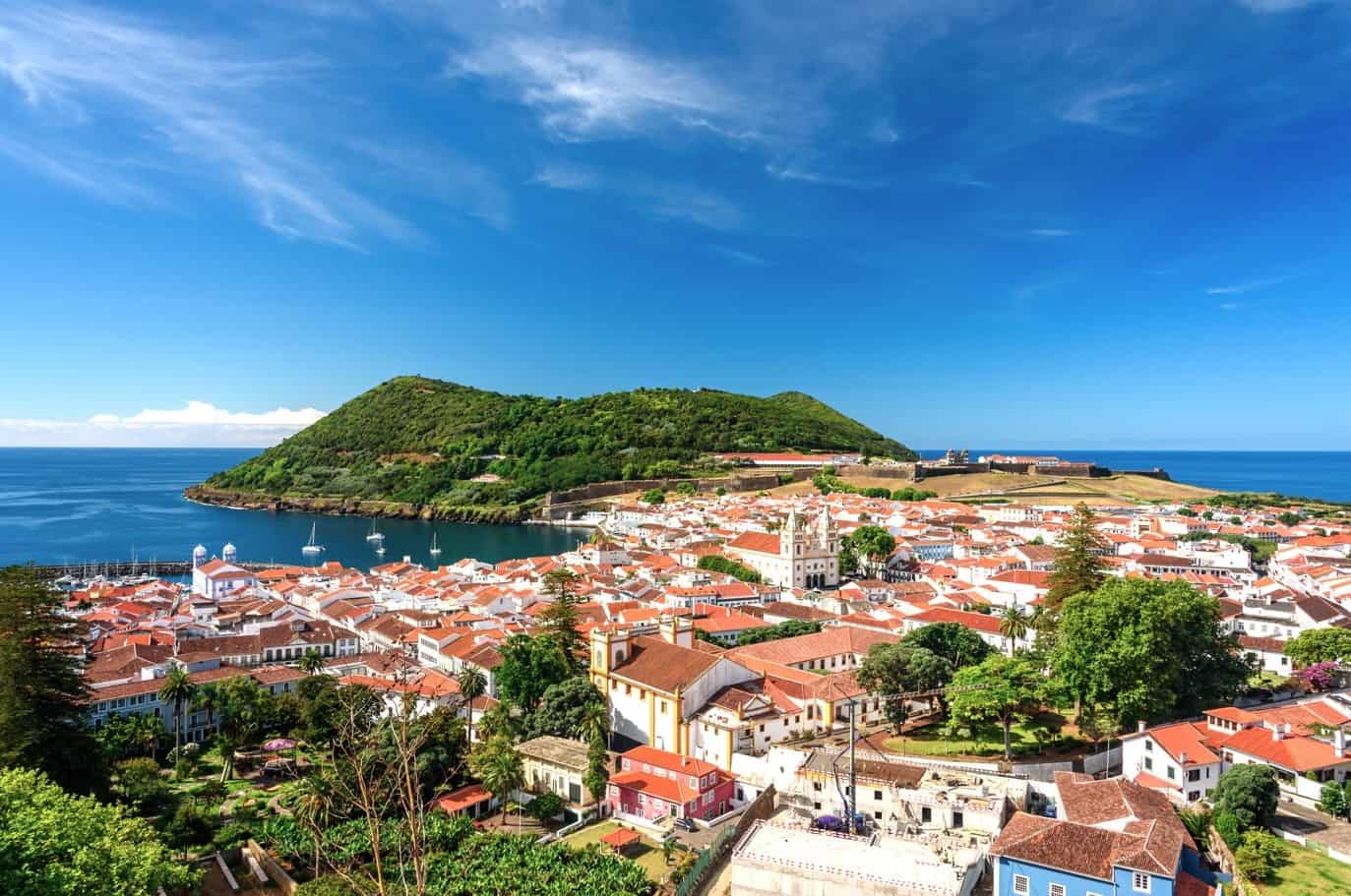 For a late breakfast, light lunch or just a great coffee, head to the Verde Maca Cafe on the corner of Rua Direita and the Praça Velha. It’s a beautiful building, originally constructed as a home by successful local merchant Antonio dos Santos in 1815. Angra’s naturally-sheltered harbour played a key role in the sea-trade between Portugal and her colonies in South American and East Indies. A constant stream of traders and goods saw the city blossom economically, culturally and architecturally during the 18th and 19th centuries.
For a late breakfast, light lunch or just a great coffee, head to the Verde Maca Cafe on the corner of Rua Direita and the Praça Velha. It’s a beautiful building, originally constructed as a home by successful local merchant Antonio dos Santos in 1815. Angra’s naturally-sheltered harbour played a key role in the sea-trade between Portugal and her colonies in South American and East Indies. A constant stream of traders and goods saw the city blossom economically, culturally and architecturally during the 18th and 19th centuries.
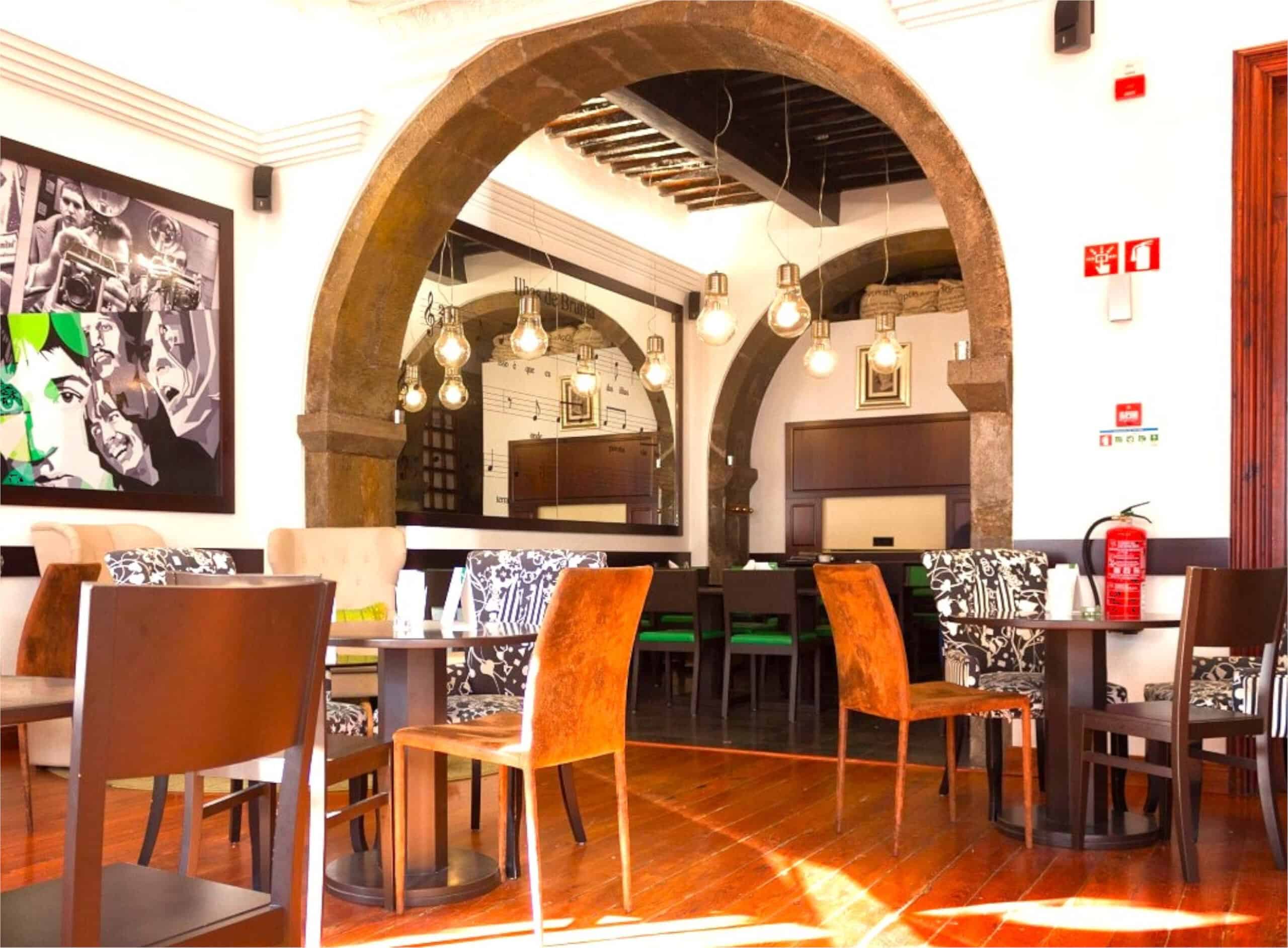
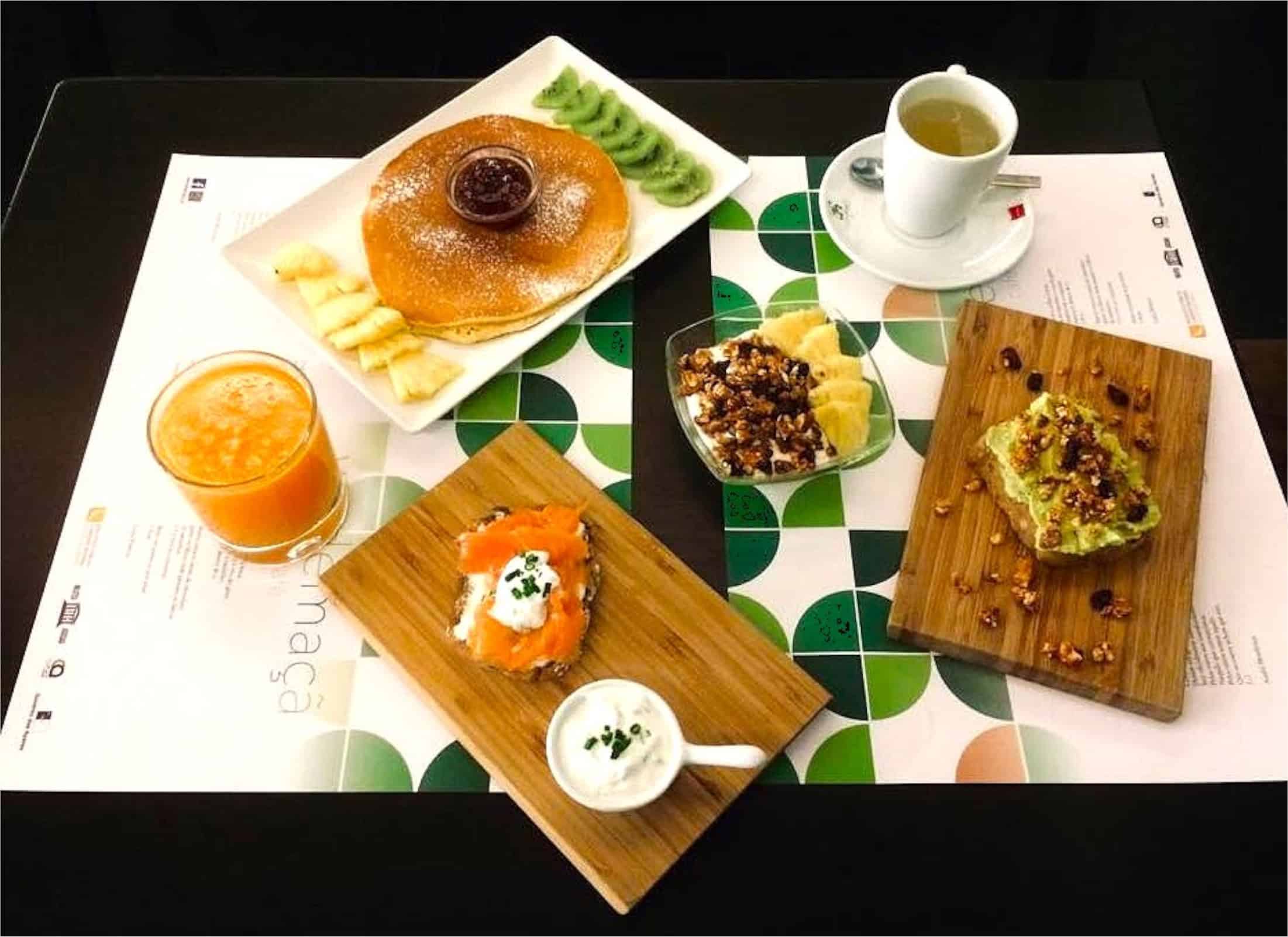 Just around the corner on Rua de Sao Joao is A Barrica. It’s a good spot for a passing lunch or a lazy afternoon of people-watching, although it’s worth avoiding the lunchtime rush in order to bag a table outside. In the evenings, it’s got more of a UK pub atmosphere – or a Portuguese tasca, which is perhaps more accurate.
Just around the corner on Rua de Sao Joao is A Barrica. It’s a good spot for a passing lunch or a lazy afternoon of people-watching, although it’s worth avoiding the lunchtime rush in order to bag a table outside. In the evenings, it’s got more of a UK pub atmosphere – or a Portuguese tasca, which is perhaps more accurate.
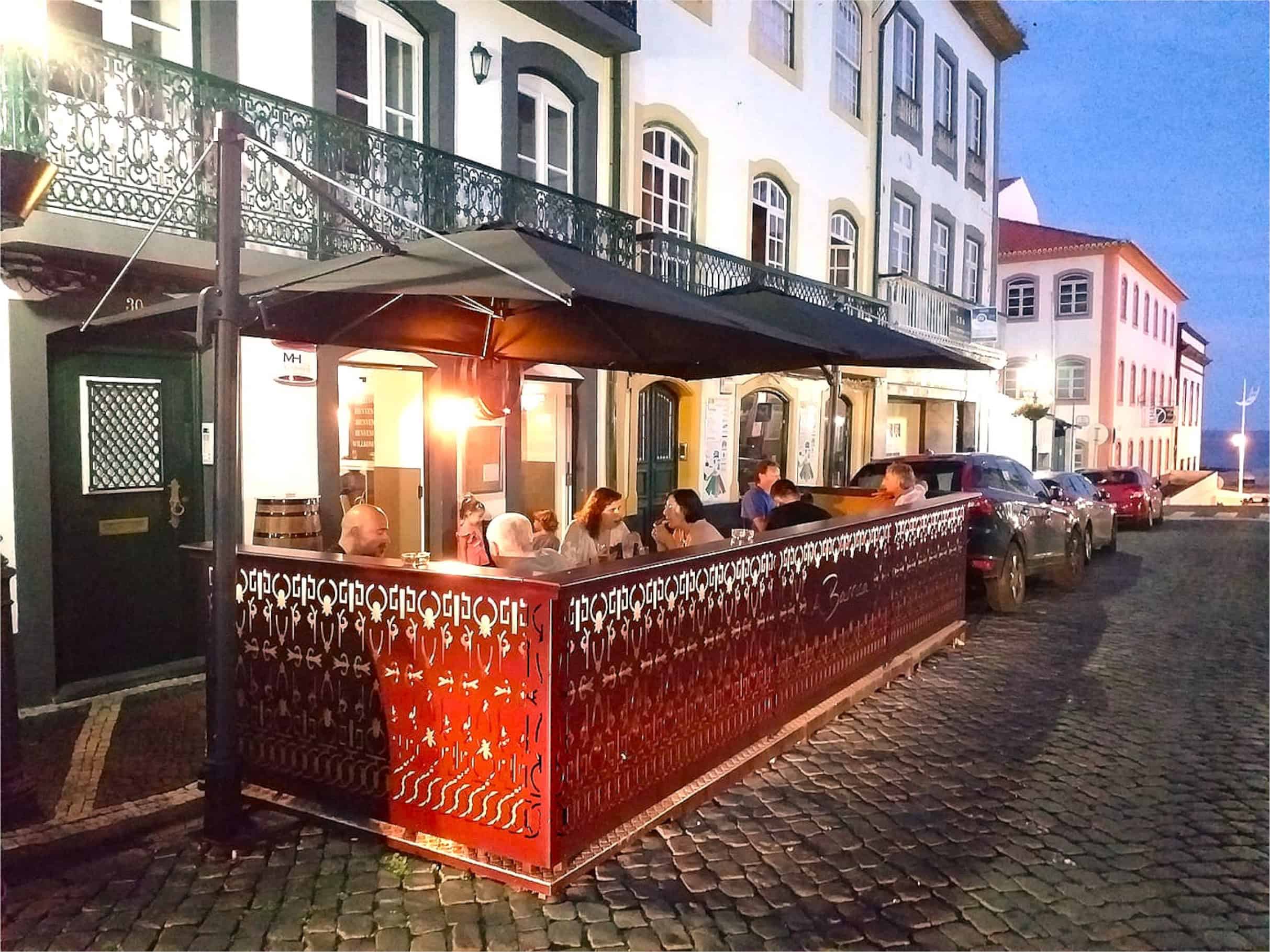
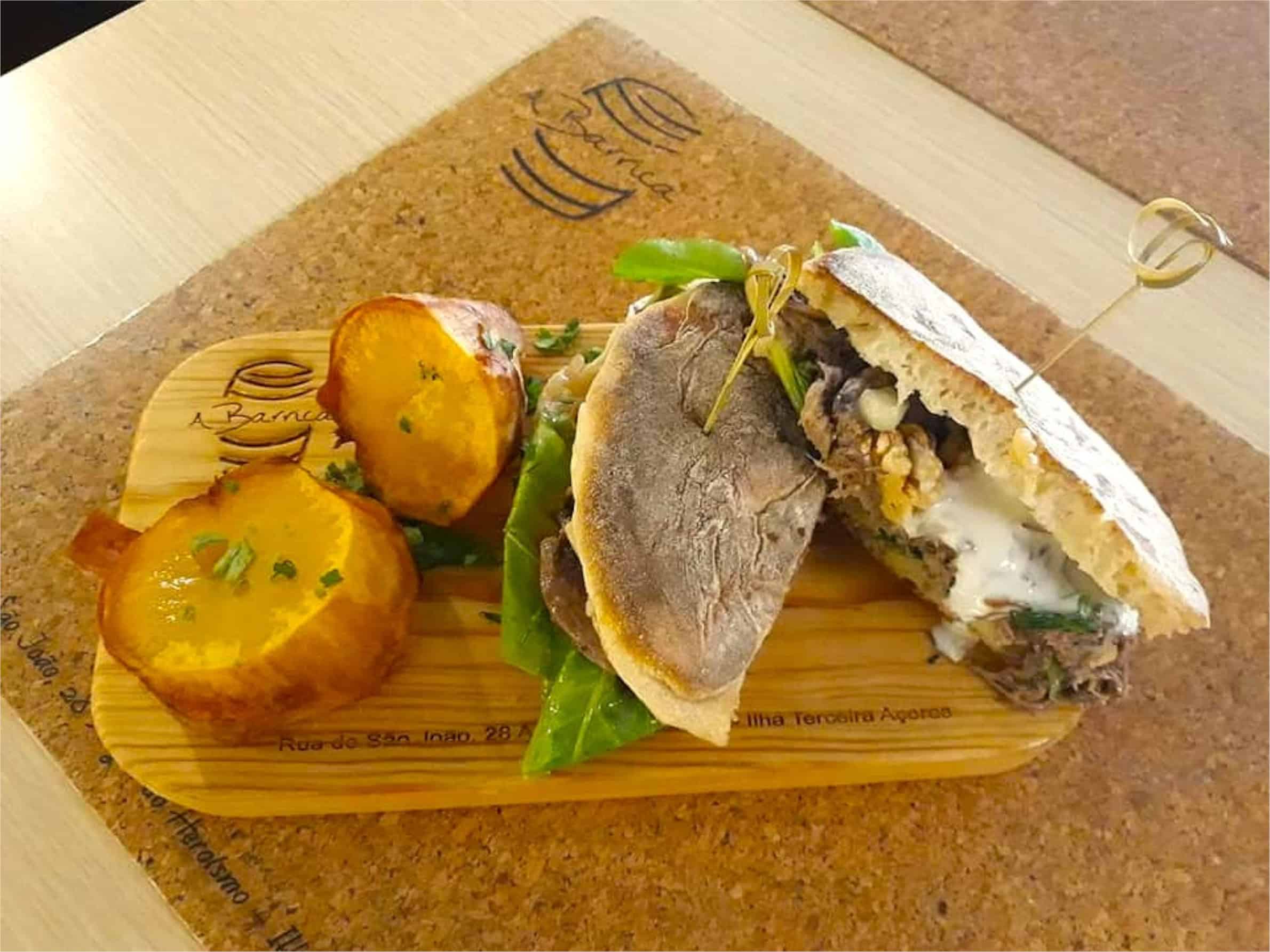 Tasca das Tias is at the opposite end of Rua de Sao Joao and is one of the city’s most extremely popular restaurants with residents and visitors alike. Historically, tascas were family-run taverns serving wine and strong liquors – as the demand from customers for snacks to accompany their drinks increased, the tascas evolved into a style of restaurant in their own right. Modern day tascas tend to serve substantial and hearty dishes in large portions – Tasca das Tias would be a good place to dive into your first bowl of slow cooked alcatra, Terceira’s signature dish.
Tasca das Tias is at the opposite end of Rua de Sao Joao and is one of the city’s most extremely popular restaurants with residents and visitors alike. Historically, tascas were family-run taverns serving wine and strong liquors – as the demand from customers for snacks to accompany their drinks increased, the tascas evolved into a style of restaurant in their own right. Modern day tascas tend to serve substantial and hearty dishes in large portions – Tasca das Tias would be a good place to dive into your first bowl of slow cooked alcatra, Terceira’s signature dish.
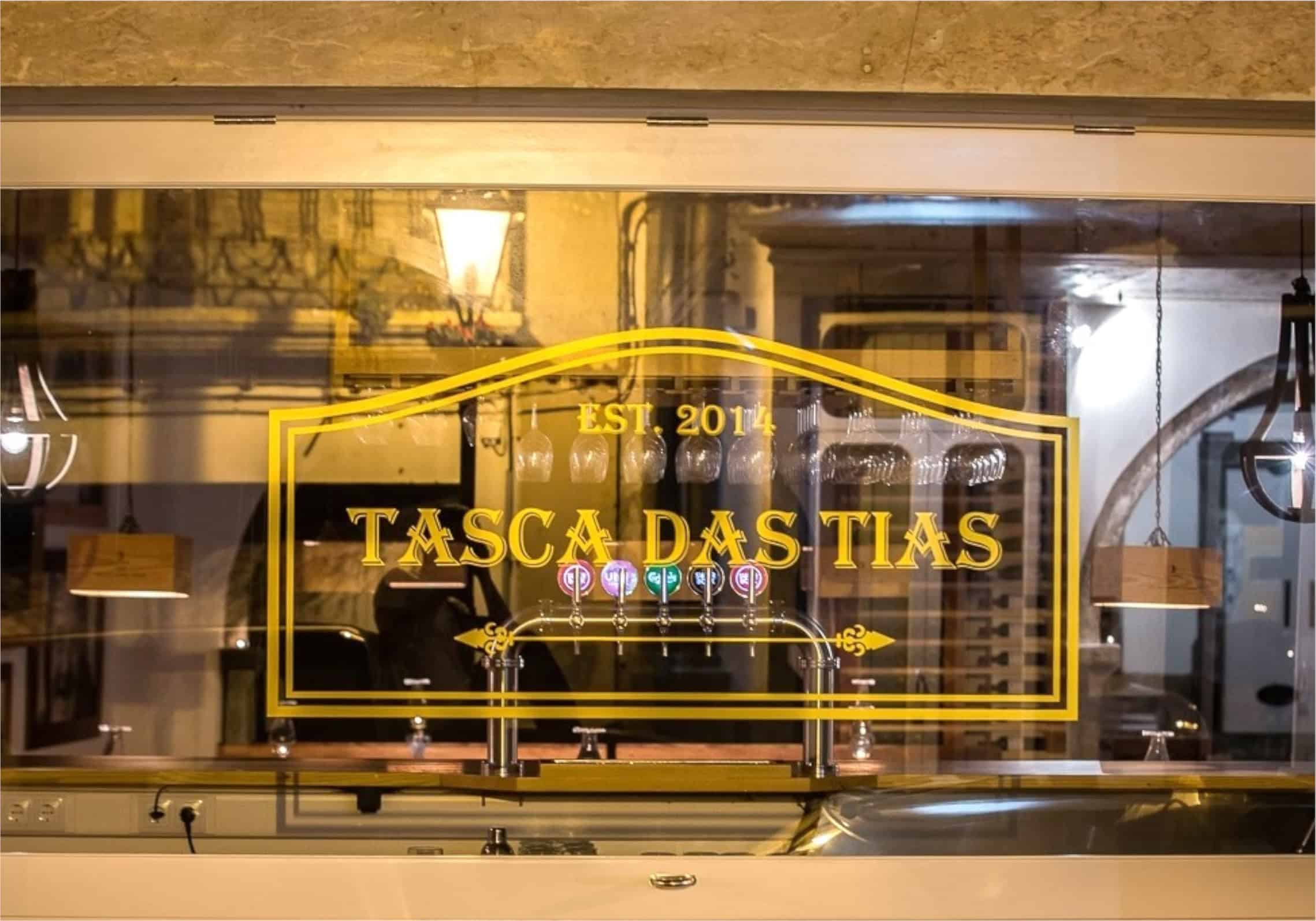
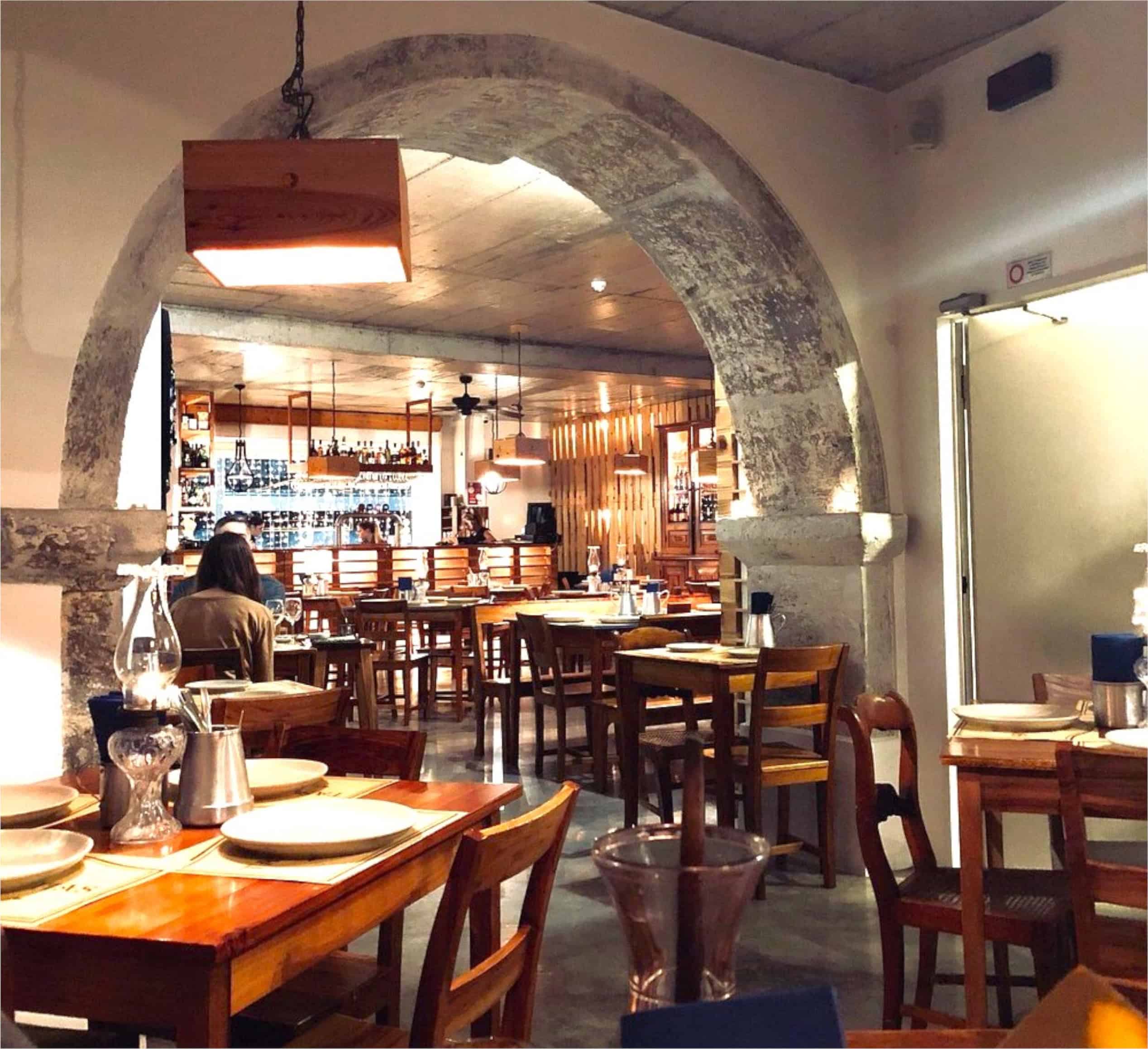
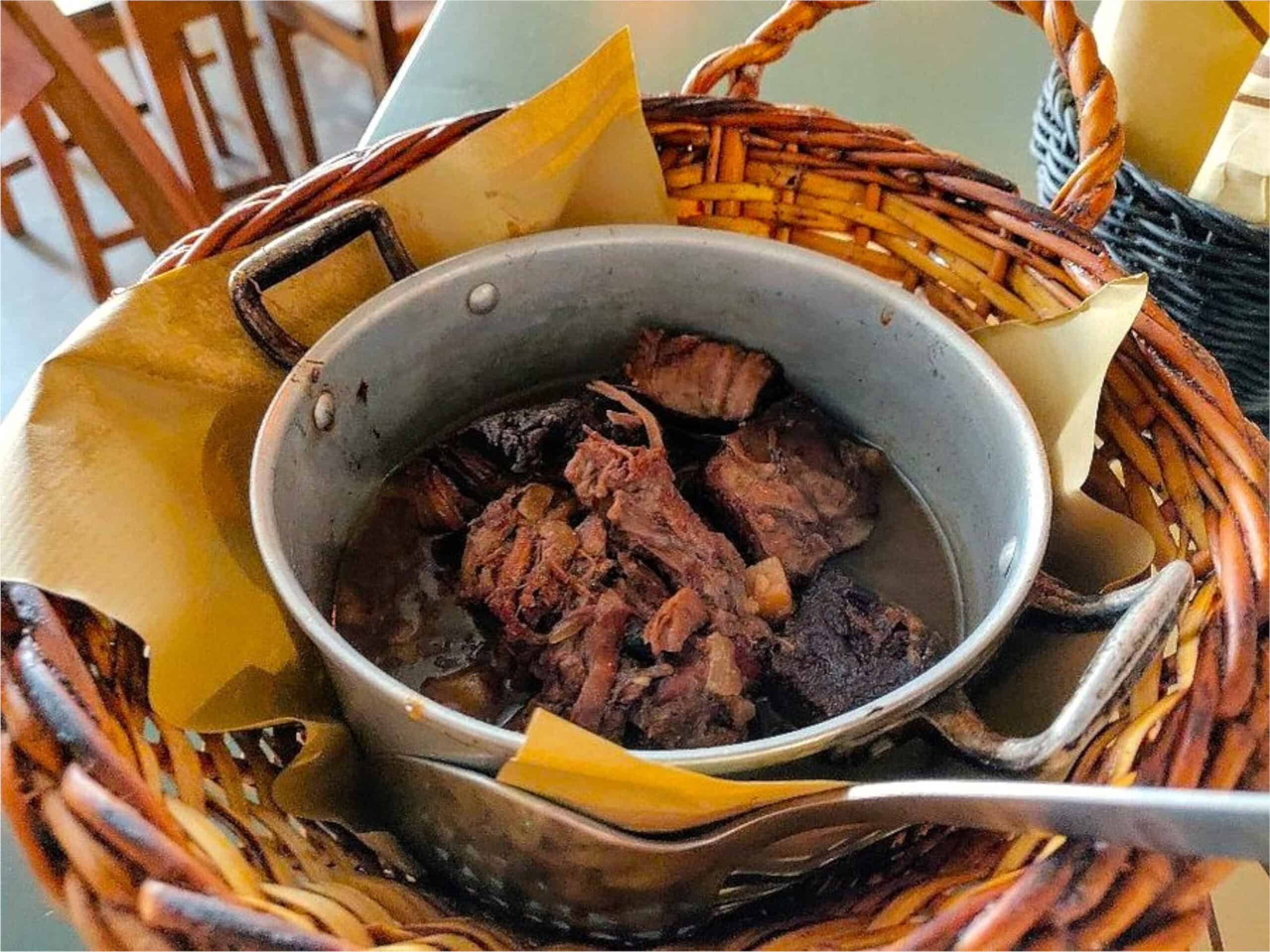 Crossing the main Praca Velha square, and tucked away behind the Angra Garden Hotel you’ll find the Jardim Duque da Terceira – Angra’s peaceful city gardens, which are home to Casa do Jardim: an excellent option for vegans and veggies. They’re proud of the organic, locally-sourced produce they use throughout their menus; note that they’re also cash only.
Crossing the main Praca Velha square, and tucked away behind the Angra Garden Hotel you’ll find the Jardim Duque da Terceira – Angra’s peaceful city gardens, which are home to Casa do Jardim: an excellent option for vegans and veggies. They’re proud of the organic, locally-sourced produce they use throughout their menus; note that they’re also cash only.
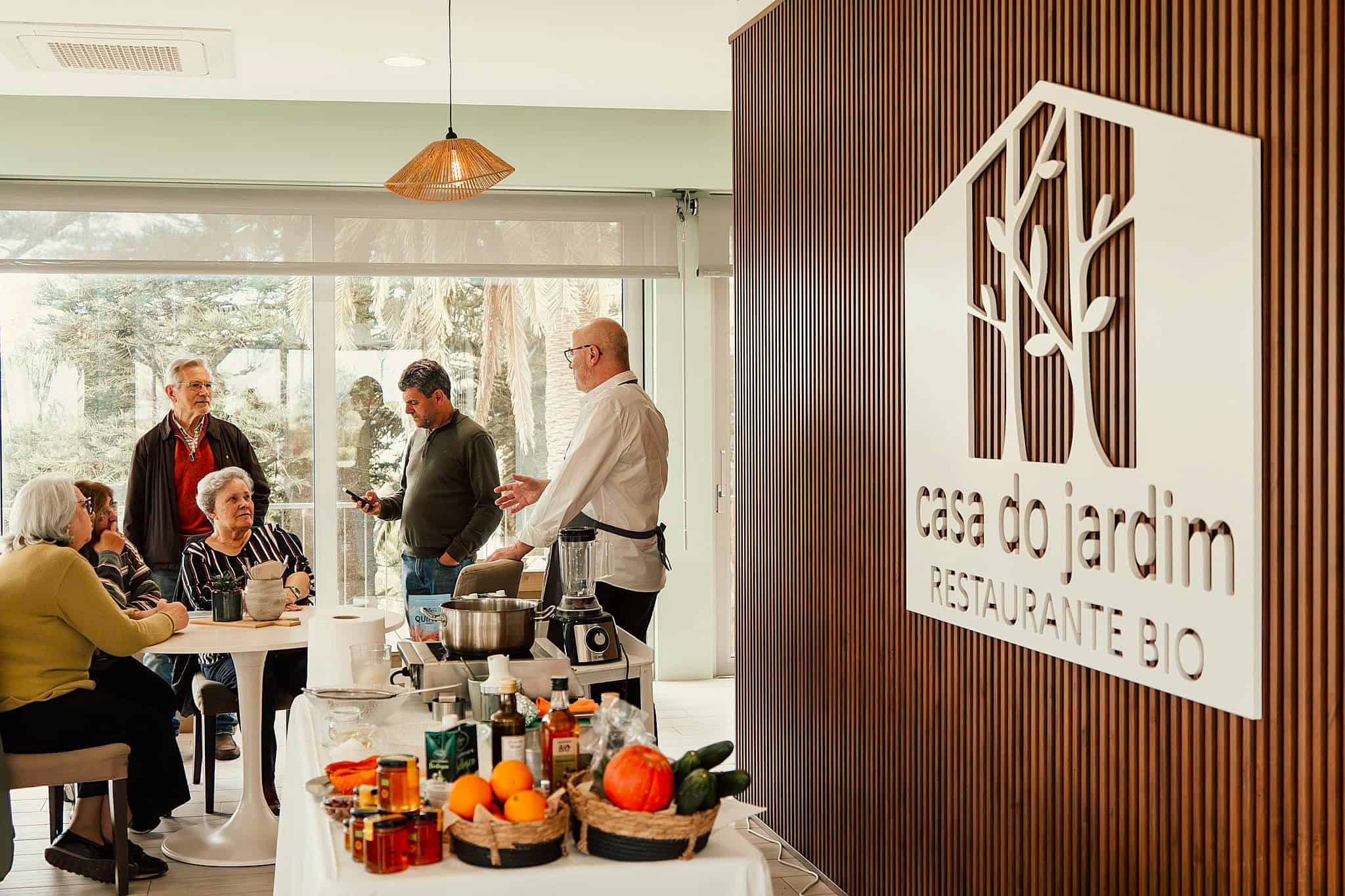
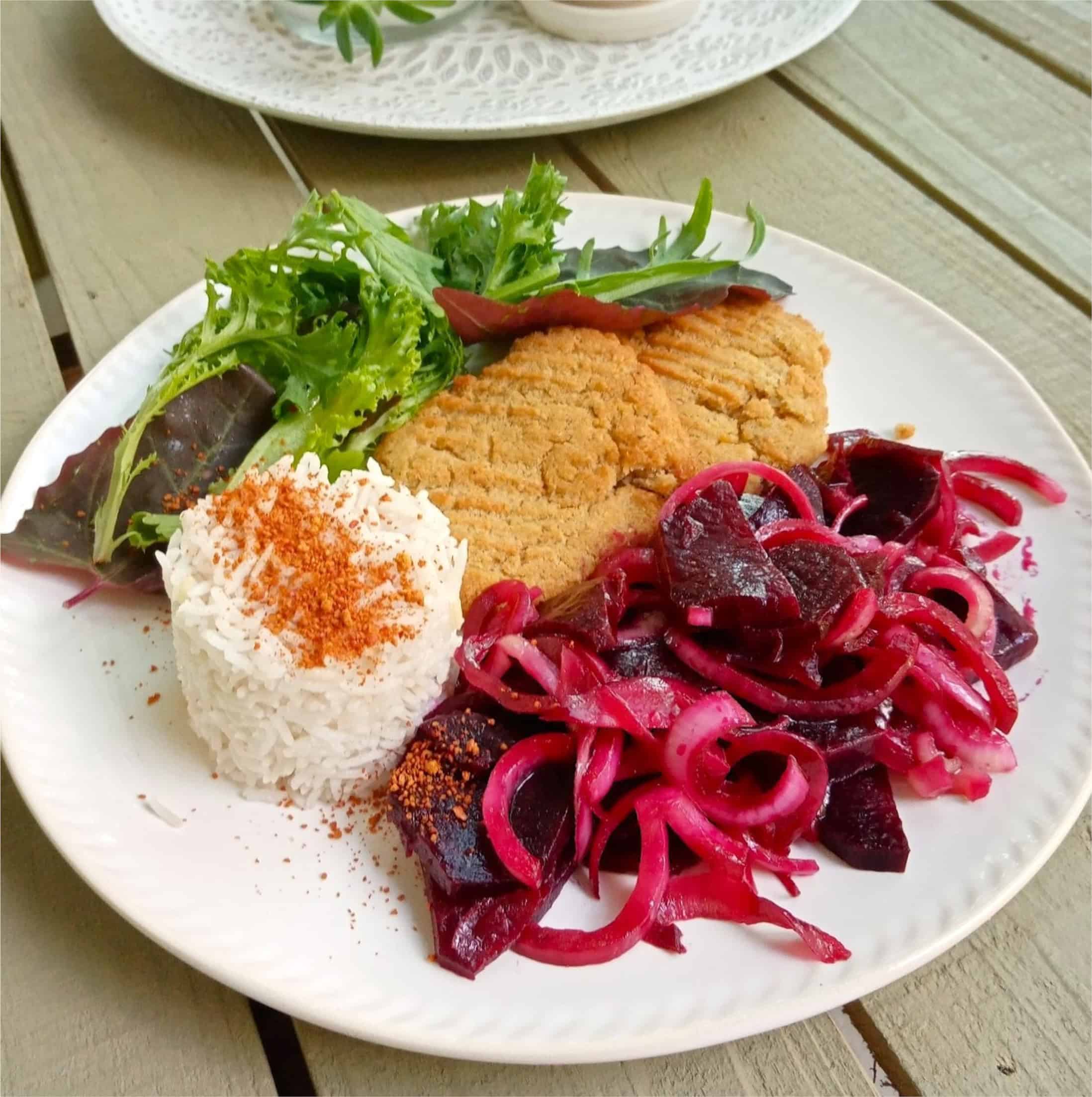
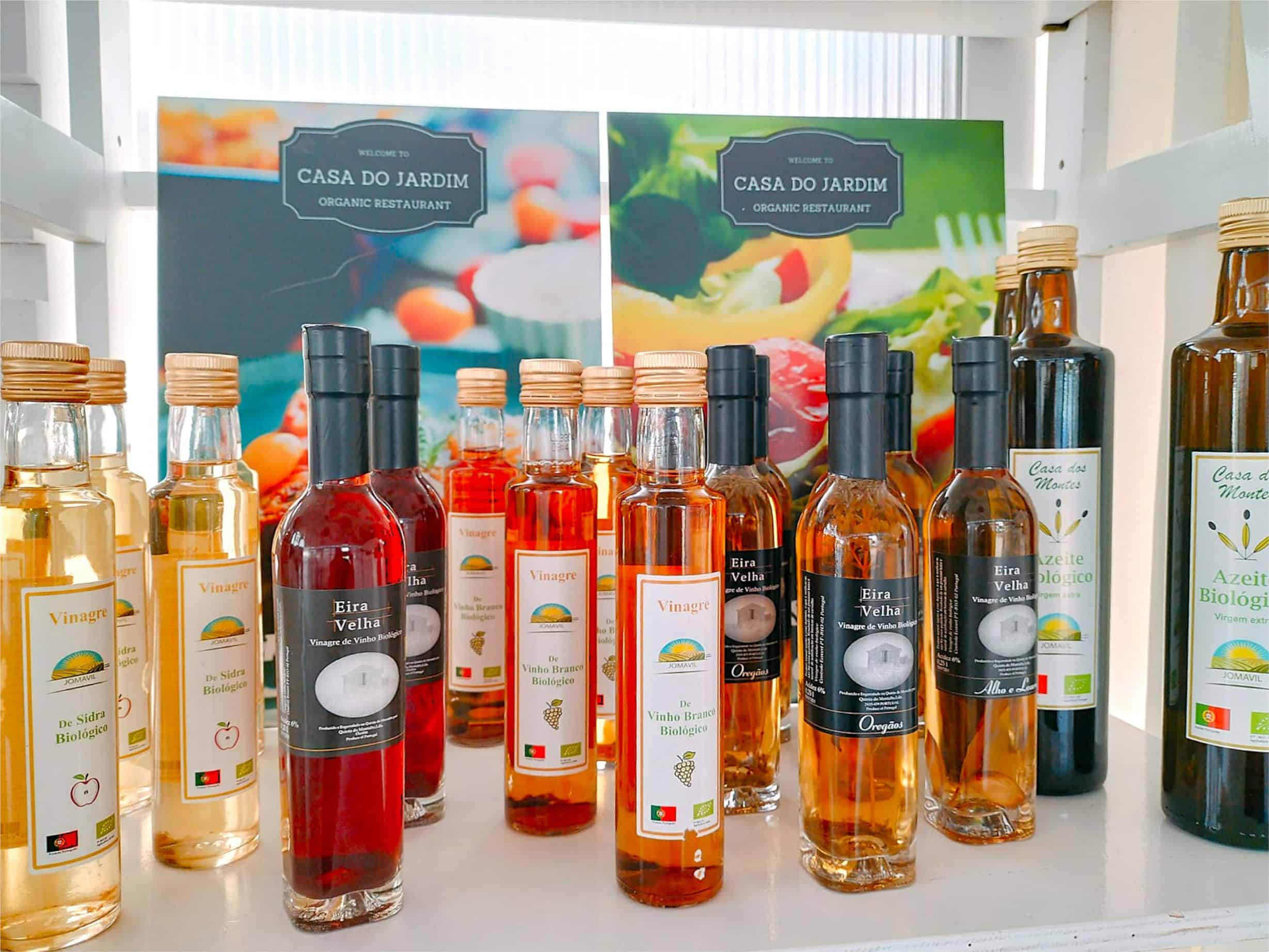
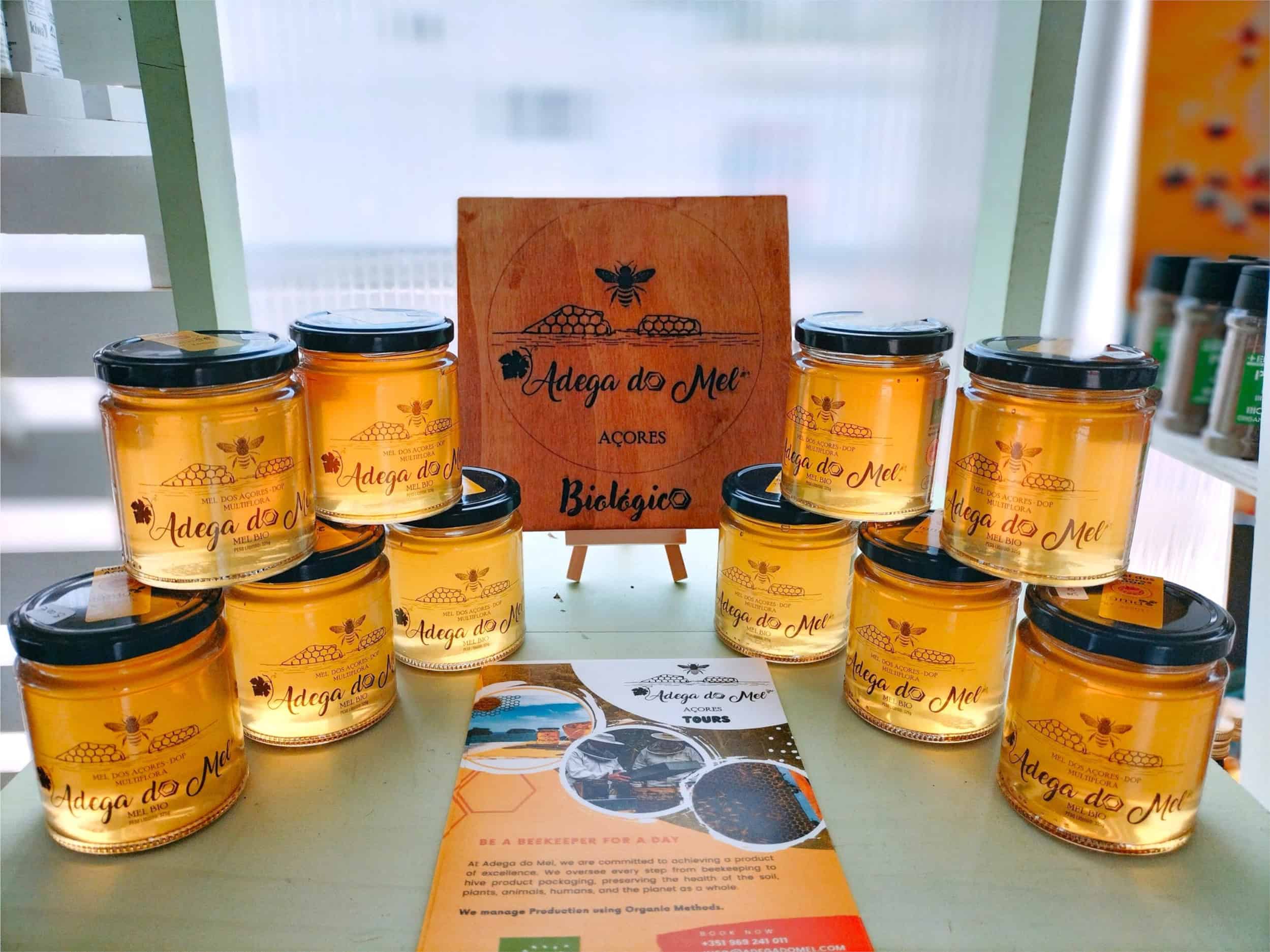 Exiting the gardens, the Rua da Esperanca will bring you into Angra diminutive theatre district and the Taberna do Teatro It’s cosy and informal, with a leaning towards pesticos (small plates to share) over big courses.
Exiting the gardens, the Rua da Esperanca will bring you into Angra diminutive theatre district and the Taberna do Teatro It’s cosy and informal, with a leaning towards pesticos (small plates to share) over big courses.
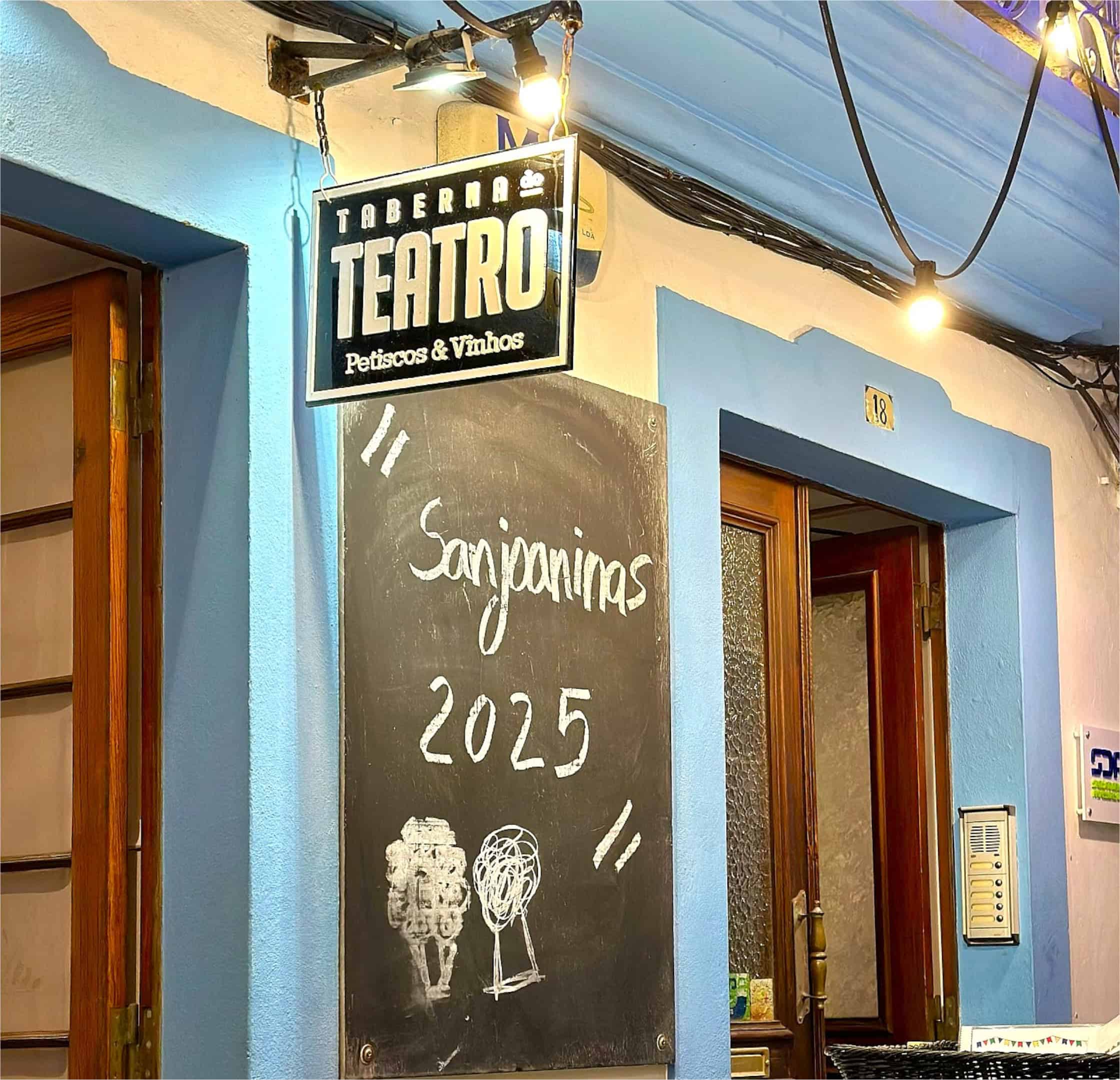
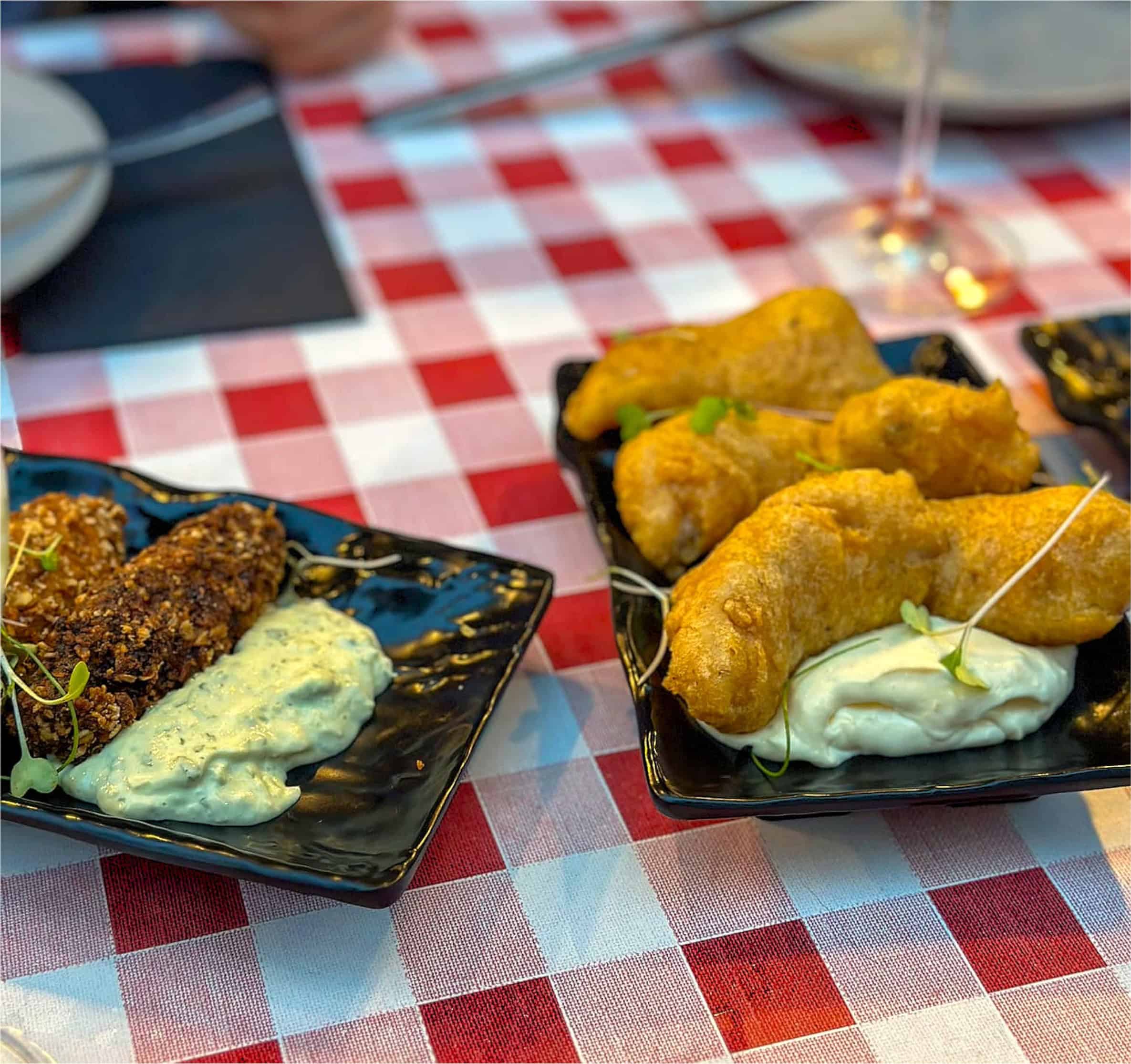 O Cachalote is just around the corner on Rua do Rego. They’re very popular with locals and visitors for their house special chateaubriand steak, which you cook to your liking on hot stones.
O Cachalote is just around the corner on Rua do Rego. They’re very popular with locals and visitors for their house special chateaubriand steak, which you cook to your liking on hot stones.
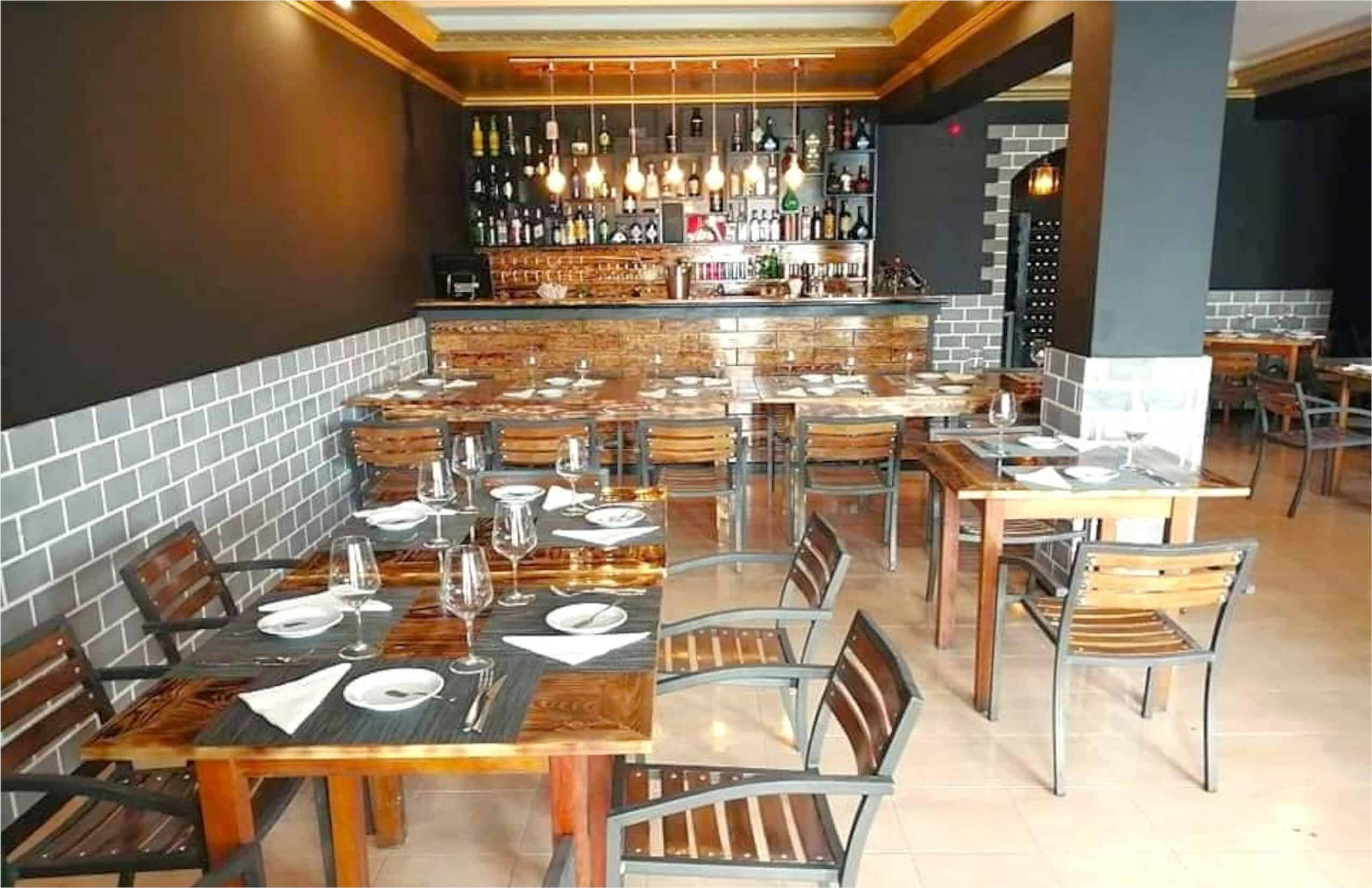
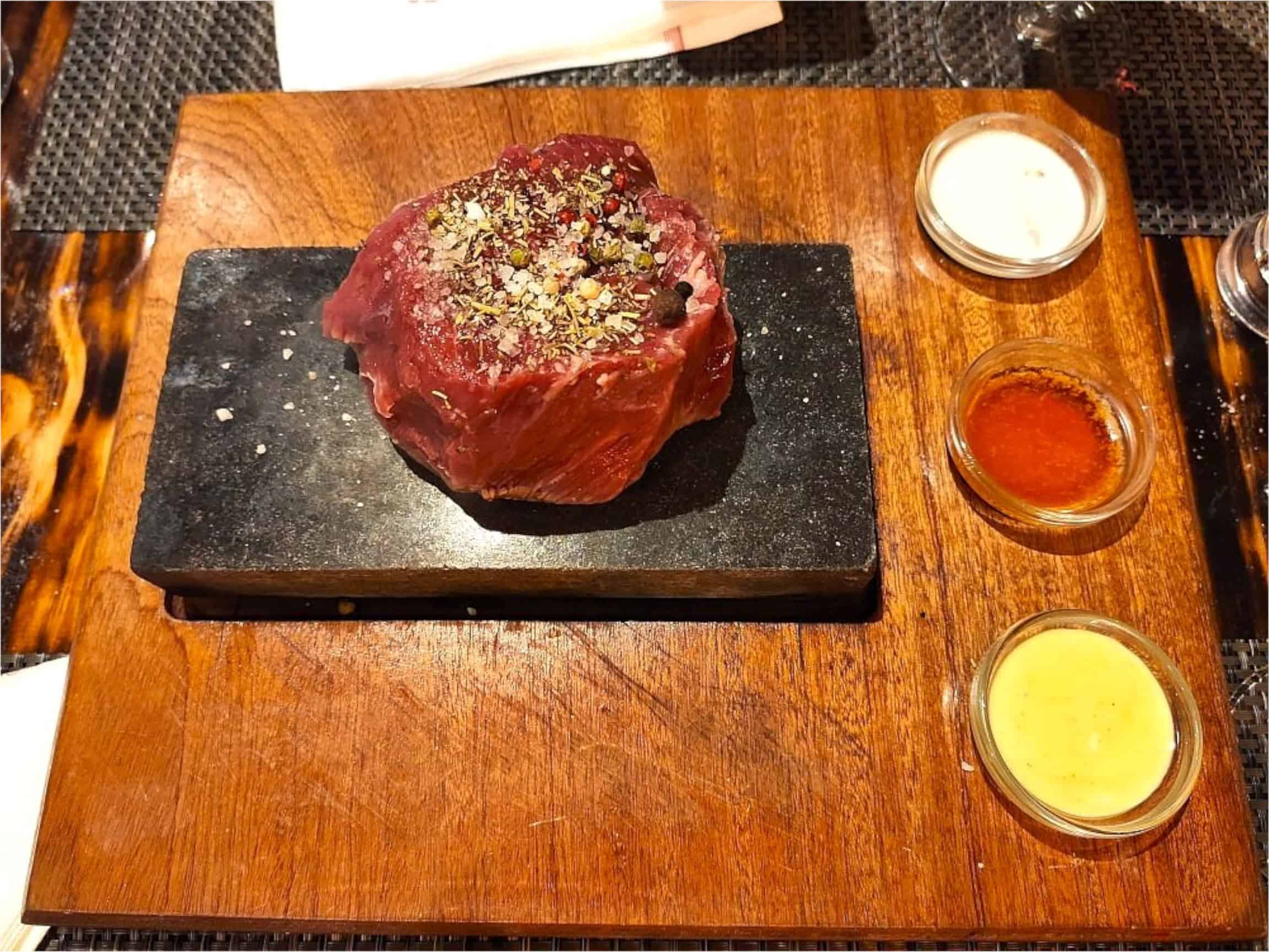 Crossing the main Rua da Se, the Mercatto di Osteria is an exciting addition to the city’s range of restaurants. Their menu is Italian using carefully selected local produce, with both Azorean and Italian wine pairings, and they’re a good option if you’re looking for a more intimate dining experience. Their impressive renovation of a previously derelict building is also to be commended.
Crossing the main Rua da Se, the Mercatto di Osteria is an exciting addition to the city’s range of restaurants. Their menu is Italian using carefully selected local produce, with both Azorean and Italian wine pairings, and they’re a good option if you’re looking for a more intimate dining experience. Their impressive renovation of a previously derelict building is also to be commended.

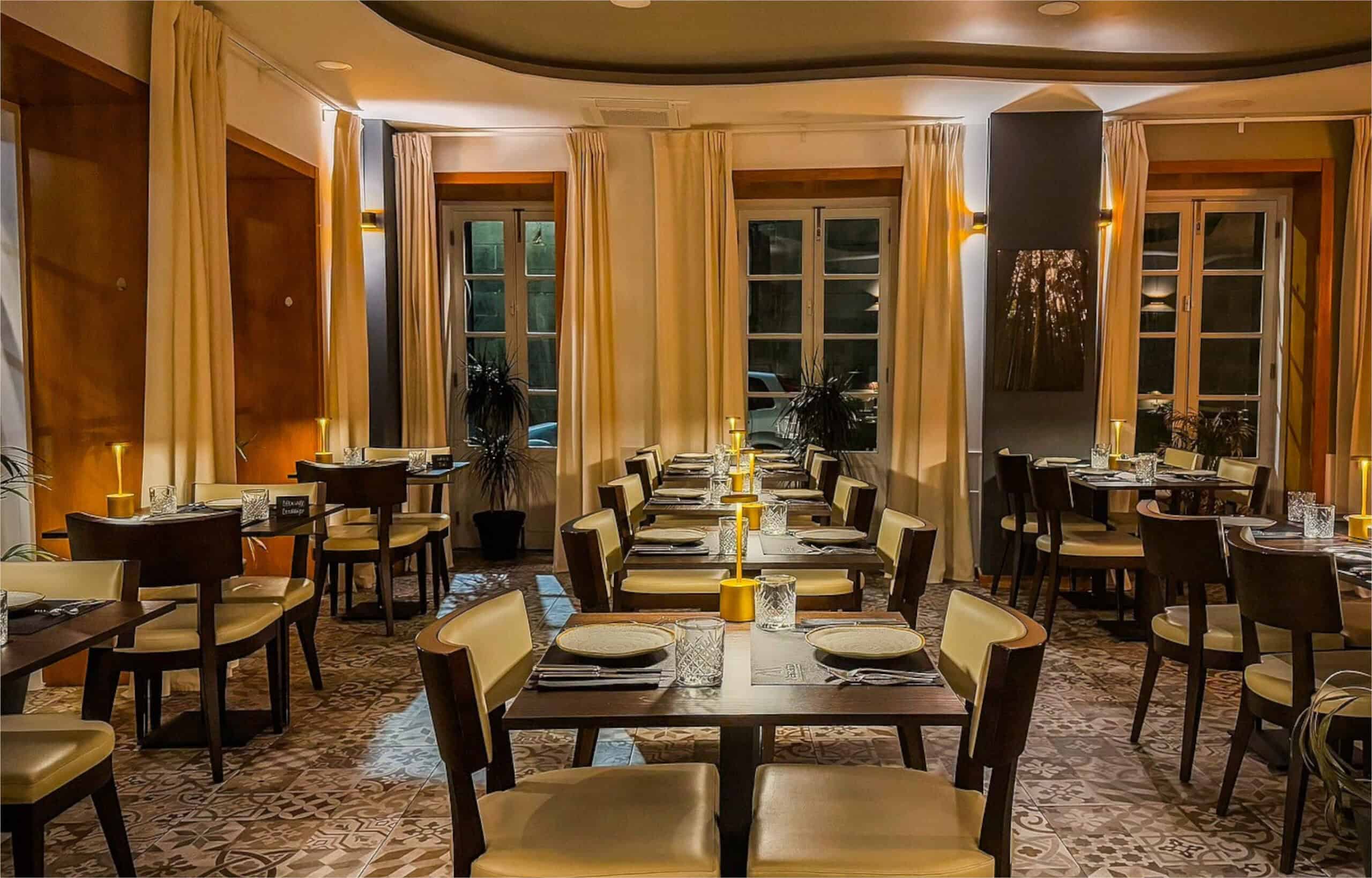
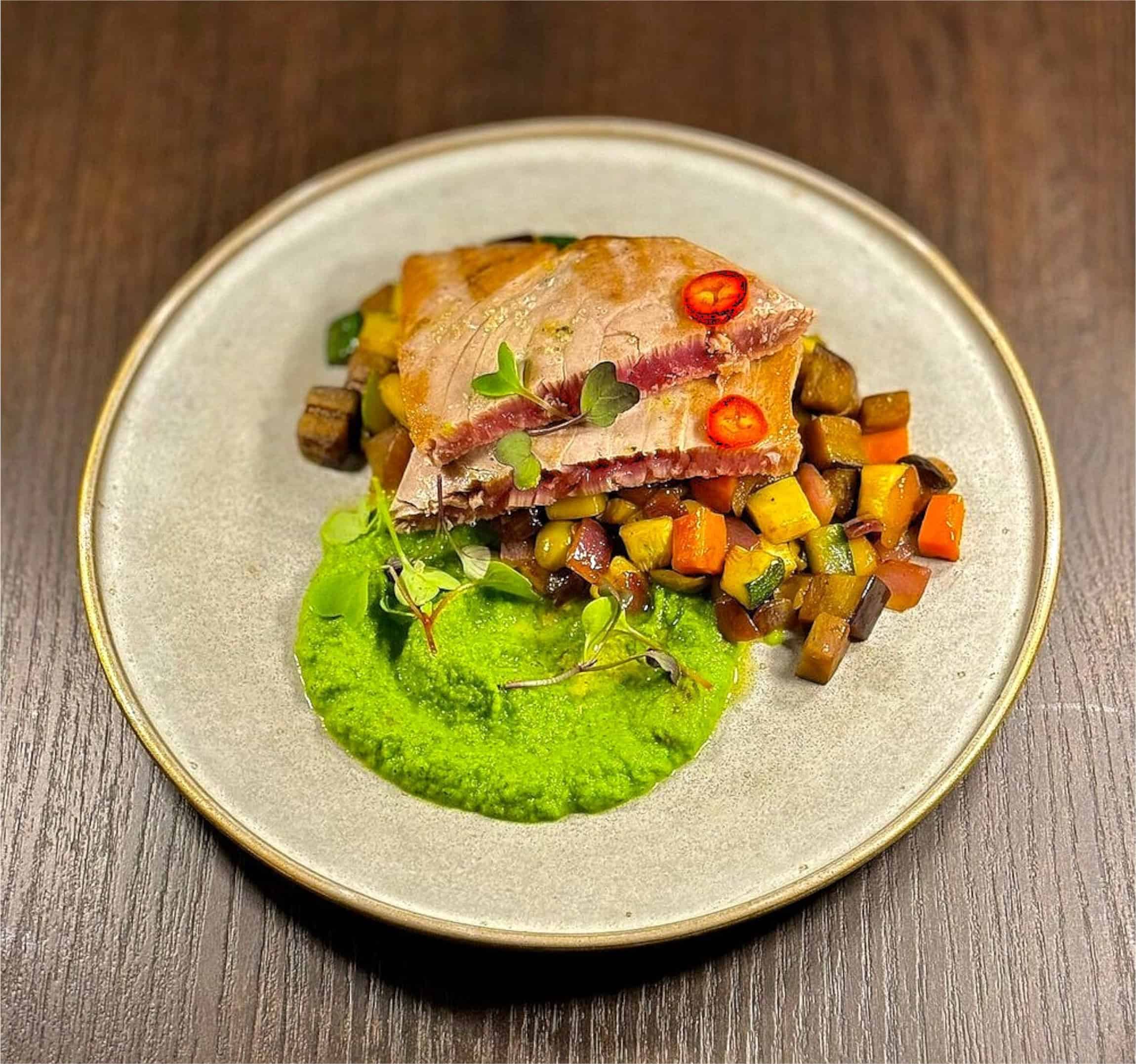 Heading out of the centre of the city towards Monte Brazil, you’ll come to Tasca do Camoes. It’s friendly and welcoming, serves no-nonsense bar snacks and cold local beer, and has one the best views overlooking Baia de Angra. They’re also the best option for a nightgap, as they’re open until 2am most nights (closed on Tuesdays).
Heading out of the centre of the city towards Monte Brazil, you’ll come to Tasca do Camoes. It’s friendly and welcoming, serves no-nonsense bar snacks and cold local beer, and has one the best views overlooking Baia de Angra. They’re also the best option for a nightgap, as they’re open until 2am most nights (closed on Tuesdays).
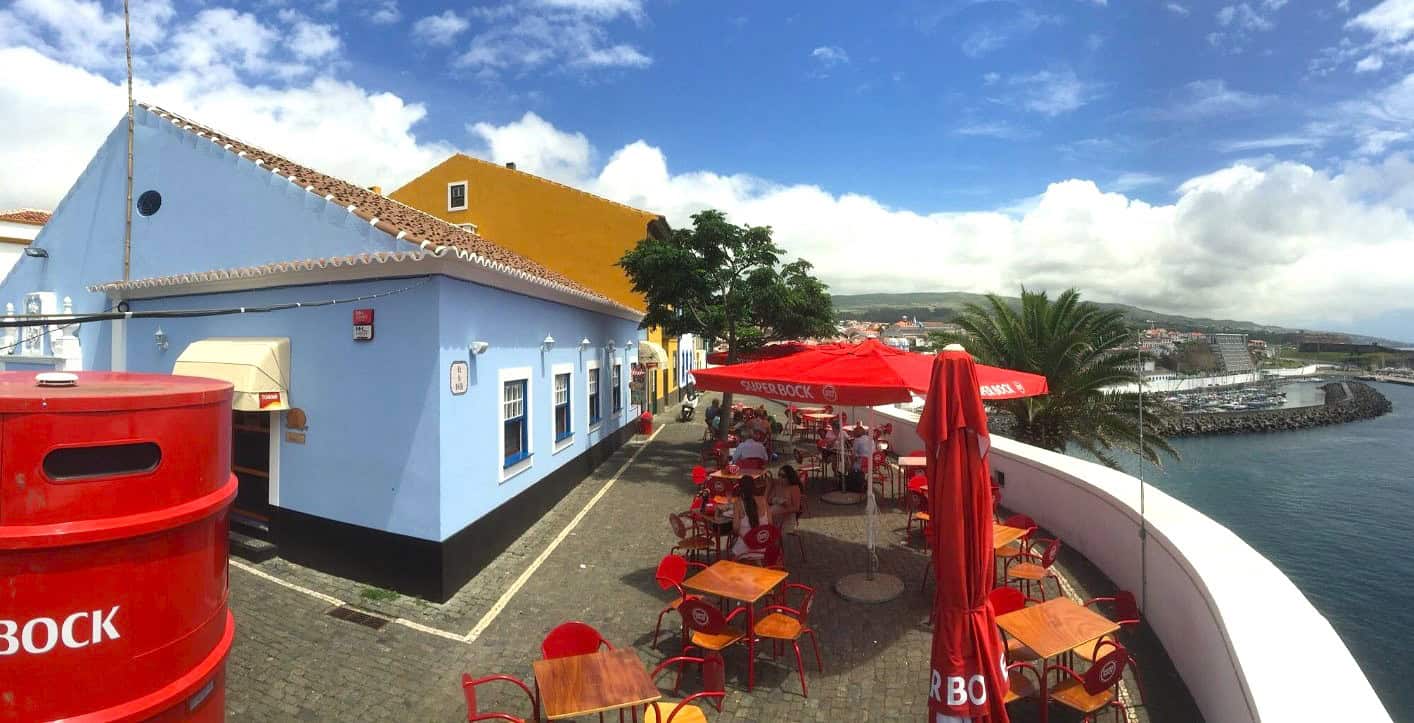 A Canadinha is where our local friends tend to take us when we visit, and it has one of the best menus when it comes to traditional Azorean cuisine. Portions are generous, the staff are friendly and prices are very reasonable – it can be busy at lunchtimes so you might have a short wait for a table:
A Canadinha is where our local friends tend to take us when we visit, and it has one of the best menus when it comes to traditional Azorean cuisine. Portions are generous, the staff are friendly and prices are very reasonable – it can be busy at lunchtimes so you might have a short wait for a table:
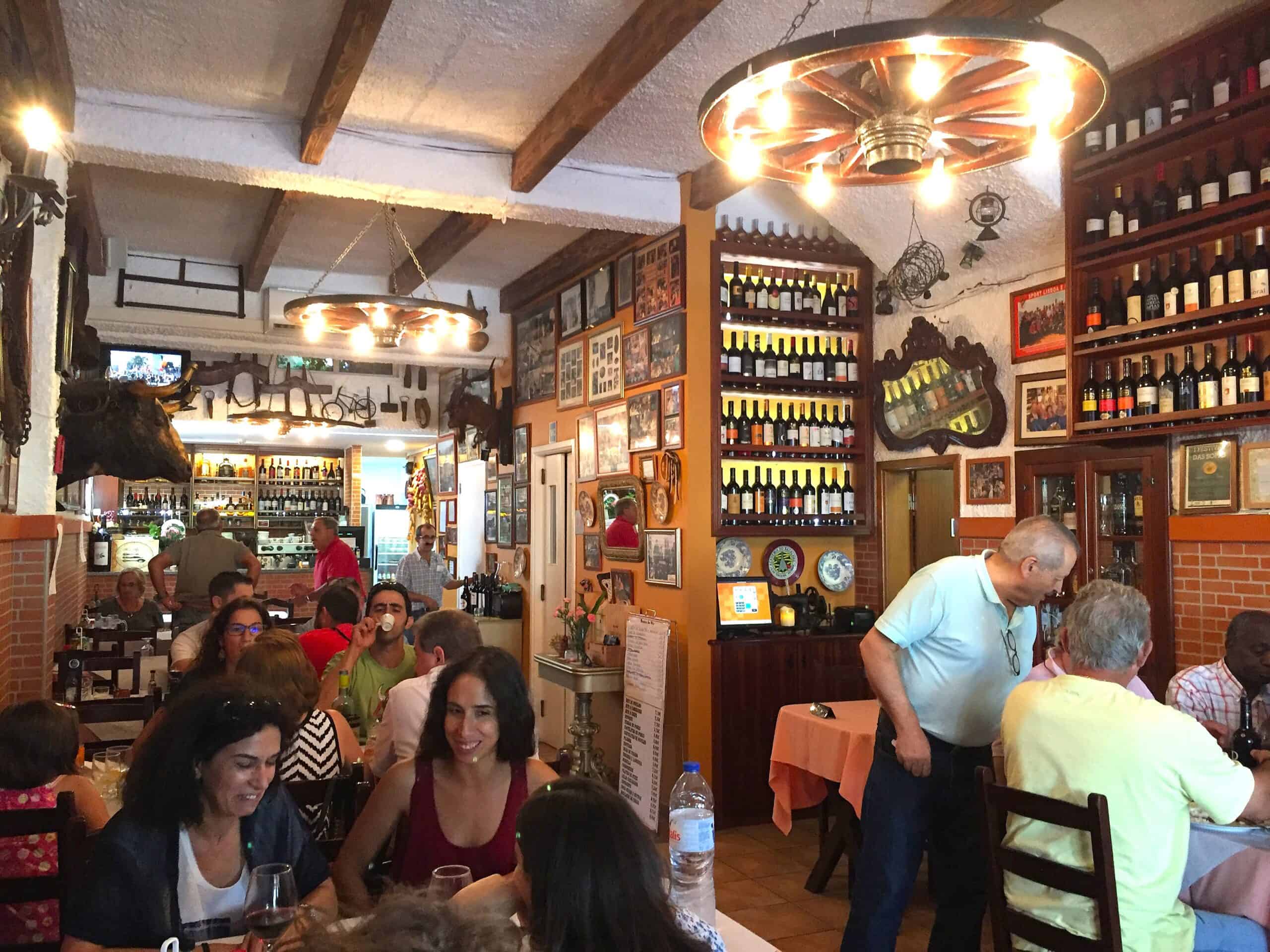

Our Where to eat guides are based on our first-hand experiences and our love of great Portuguese cuisine:
Where to eat in Ponta Delgada
Our Ponta Delgada Food Tour
Where to eat on Sao Miguel – Sete Cidades and the west
Where to eat on Sao Miguel – the north coast
Where to eat on Sao Miguel – Furnas and the east
Where to eat on Sao Miguel – the south coast
Where to eat in Angra
Where to eat on Terceira
Where to eat in Horta
Where to eat on Faial
Where to eat on Sao Jorge
Where to eat on Pico
Where to eat on Flores, Corvo, Santa Maria and Graciosa
We specialise in personalised holidays to the nine islands of the Azores.
Call our team on 01768 721020 to begin planning your own adventure.









Follow us online